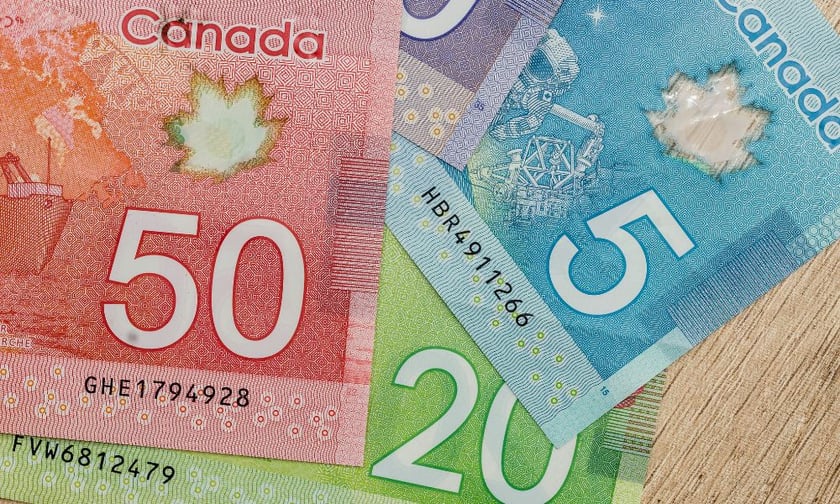

Canada’s economy showed stronger-than-expected growth at the end of 2024, driven by increased consumer spending and lower interest rates.
However, The Canadian Press reported that the prospect of new US tariffs under President Donald Trump is raising concerns about future economic stability.
According to Statistics Canada, real gross domestic product (GDP) grew by 2.6% on an annualized basis in the fourth quarter of 2024. This exceeded the 1.8% growth forecast by both a Reuters poll of economists and the Bank of Canada. The increase was fueled by a rise in household spending, with a significant portion coming from purchases of new trucks, vans, and sport utility vehicles.
The stronger growth came as the Bank of Canada cut interest rates multiple times throughout 2024.
James Orlando, director of economics at TD Bank, said the rate reductions played a key role in boosting consumer confidence. Lower borrowing costs made major purchases, such as vehicle financing or mortgage renewals, more manageable for many Canadians.
"You go to shopping malls, you go to auto dealerships, you go to restaurants and they're full," Orlando said, describing the uptick in consumer activity.
Statistics Canada also reported that real GDP increased by 0.2% in December, with a preliminary estimate indicating growth accelerated to 0.3% in January. Retail activity rose by 2.6% in December - the largest monthly increase since June 2021, when pandemic-related restrictions began to ease.
Despite disruptions from a Canada Post strike, the transportation sector grew, supported by increased demand for courier services and a rebound in rail and port operations following labor disputes in November.
Revised figures also showed that GDP expanded by 2.2% on an annualized basis in the third quarter of 2024, up from the initial estimate of 1%.
Residential construction grew at its fastest pace in more than three years during the fourth quarter, though inventory drawdowns in the business sector offset some of the overall gains.
However, this economic momentum is now facing potential challenges. The return of Trump to the White House has renewed the possibility of increased trade barriers between the United States and Canada. Such policies could disrupt cross-border trade and slow Canada’s economic recovery.
CIBC Capital Markets chief economist, Avery Shenfeld, said in a client note that while recent data reflects a more resilient Canadian economy, the threat of broad and significant tariffs could dampen future growth. He added that uncertainty surrounding US trade policy could restrain capital spending in the first quarter of 2025.
"That risk [of new tariffs] could dull market reactions to what was otherwise a better than expected report, and will have the central bank still mulling over a March rate cut if the tariff news goes the wrong way," he said.
Financial markets are currently split on whether the central bank will implement a seventh consecutive rate cut or hold the benchmark rate steady, according to LSEG Data & Analytics.
Orlando argued that given the external risks, a further quarter-point cut to 2.75% may be necessary as a precautionary measure.
Beyond the headline GDP figures, Statistics Canada reported a 0.2% rise in real GDP per capita during the fourth quarter. This follows a period where the Canadian economy contracted on a per-person basis in five of the previous seven quarters.
What impact do you think potential US trade barriers could have on Canada’s economic outlook? Share your thoughts in the comments below.
